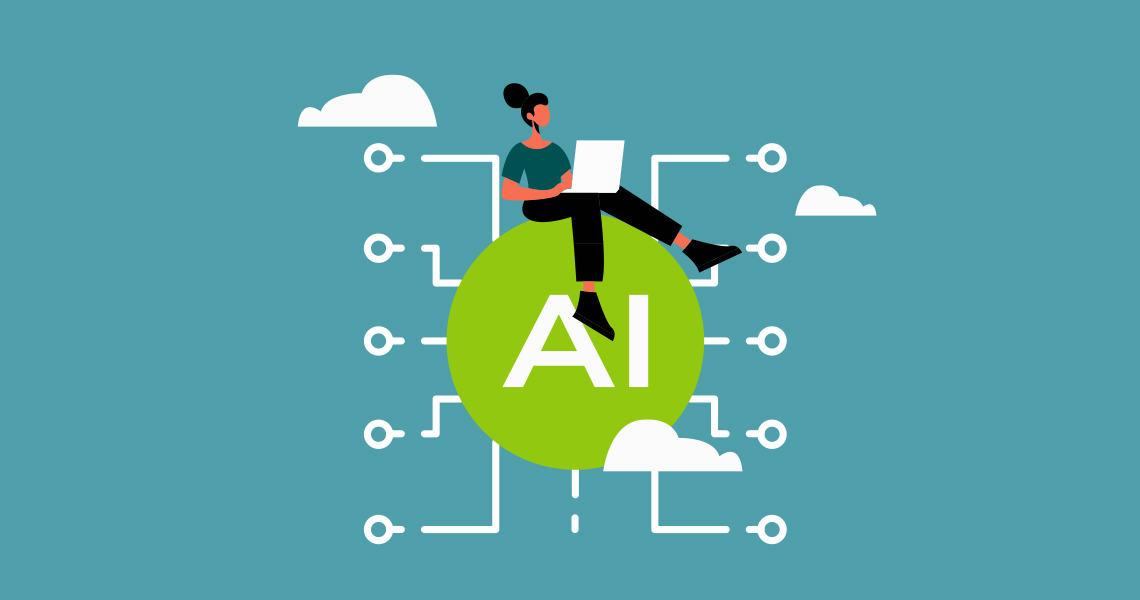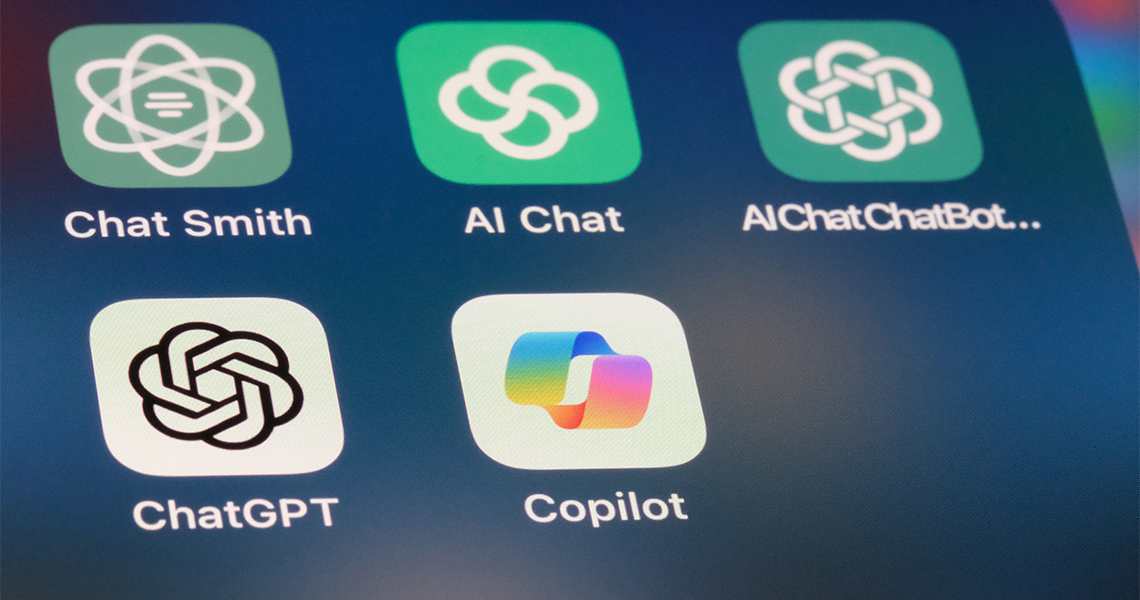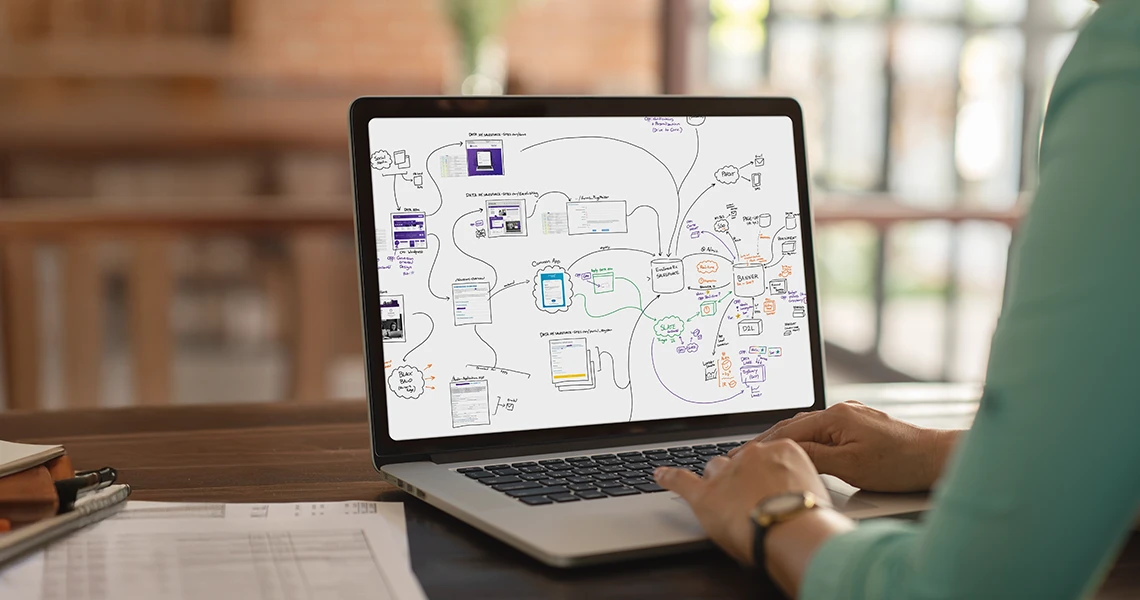Last month, a few of our Collegis leaders attended the Google Public Sector Leaders Connect summit in Chicago. This event brought together technology, education, and government leaders to address one major question: How can public institutions unlock the true value of AI?
Institutions are grappling with a fast-changing AI landscape
The summit served up plenty of insight, data, and dialogue about the promises and pitfalls of artificial intelligence in higher ed. One stat that hit home: 80% of students think universities are falling short when it comes to integrating AI.
That’s not just a tech gap, it’s a relevance gap. Today’s students are living in an AI-powered world, and if institutions can’t keep pace, they risk losing credibility and connection.
They are also failing to prepare students for a new job market, where AI is “attacking” entry-level jobs that their graduates would previously fill. With many entry-level jobs being fulfilled by AI, what are schools doing to help their graduates get the skills they need to thrive in this new world?
Fragmented priorities are holding higher ed back
As we listened to leaders at the summit and reflected on our partner conversations, it became clear that the challenges institutions face go beyond AI adoption.
Other concerns surfaced as well:
- 71% of institutions say their top priority is attracting and retaining students.
- 56% are worried about data security threats like phishing, ransomware, and breaches.
- 42% cite operational pressures as a major barrier, from business model constraints to process inefficiencies.
On their own, these numbers signal urgency. But together, they reveal something deeper:
Institutions aren’t just overwhelmed by change, they’re unsure where to focus and where to invest.
Competing priorities and limited resources make it hard to know what matters most. These three statistics may look unrelated, but they are all very much related and impact each other. Operational pressure can heighten data security risks, which can trigger breaches that erode student trust and enrollment. Those same pressures often stem from — and lead to — inefficient processes that hurt the student experience and, ultimately, retention.
Throughout the day, multiple speakers kept reinforcing the importance of “prioritizing for impact.” Because while AI offers enormous potential, the technology itself won’t drive transformation — leadership will.
It’s not about adopting more tech — it’s about focusing on impact
Now this struck a chord with me, especially given how we approach partner onboarding at Collegis. Even during early conversations with potential partners, our first question is always the same: “What are you trying to impact?”
It’s a simple question, but the answers we hear are very telling, and can drastically vary depending on who at the institution is answering. What I like about this question is that it helps focus the conversation on a desired end result, providing an immediate opportunity to pressure test strategies, tactics, and competing priorities.
Is this getting you closer to, or further away from, your desired impact? If the latter, perhaps it’s time to consider reallocating resources and budget to what gets you toward the finish line faster.
How to prioritize for impact in higher ed
Take the AI example. Instead of asking, “What AI tools should we adopt?” instead ask, “Where can AI meaningfully move the needle for our institution AND our students?” That shift from solution-first to strategy-first is everything.
Here are a few guideposts we recommend:
- Start with your outcomes. Whether it’s student success, operational efficiency, or enrollment growth, define what success looks like before introducing any new technology.
- Connect C-suite ambition with frontline reality. Consider forgoing a top-down approach that prioritizes selling to leadership. To enable real change, your strategies must reflect on-the-ground needs. Build from the bottom up and bring the insight and intel back to your cabinet leaders to help inform prioritization conversations.
- Break down the silos. So many institutions are decentralized and highly matrixed, which means that critical data, digital infrastructure, and internal departments are often disconnected. Aligning them is essential to enable AI to operate at scale. Consider cloud platforms like Connected Core®, which extract, clean, and connect data across systems, applications, and third-party tools. This enables actionable institutional intelligence across the student lifecycle.
- Build AI literacy, institution-wide. Google shared that only 14% of campuses have adopted AI literacy as a learning outcome. That’s a missed opportunity to empower both staff and students to engage with AI responsibly and effectively.
- Don’t go it alone. With 62% of institutions lacking the internal expertise to fully leverage AI, choosing the right partner matters. Not someone just trying to sell you tech, but to help you translate it into impact. This is the talent component of Collegis Education’s data, tech, and talent approach. It does you no good to own a plane if you don’t have a pilot, crew, and maintenance team. When you align your data, tech, and talent, you’ve enabled impact, and sustainable impact at that.
The Google event confirmed what we see every day: Higher ed has a prioritization problem. Leaders have been sold more tech tools than they can use; what they truly need is help implementing them for impact.
A smarter path forward for institutional leaders
Institutional leaders know their schools better than anyone and have a clear vision of where they need to go to thrive. Building a strategic plan focused on the areas that will drive the greatest impact to that vision is the next critical step. A great way to start is by finding a partner who understands that progress isn’t about doing more, it’s about doing what matters.
Prioritize for impact. We’ll help you make it happen.
Innovation Starts Here
Higher ed is evolving — don’t get left behind. Explore how Collegis can help your institution thrive.


![Digital Darwinism in Higher Ed: Adapt Your Marketing for AI — or Get Left Behind [Webinar]](https://blog.college-counseling.com/wp-content/uploads/2025/04/How-to-Unlock-Graduate-Enrollment-Growth-Webinar.webp.webp)



